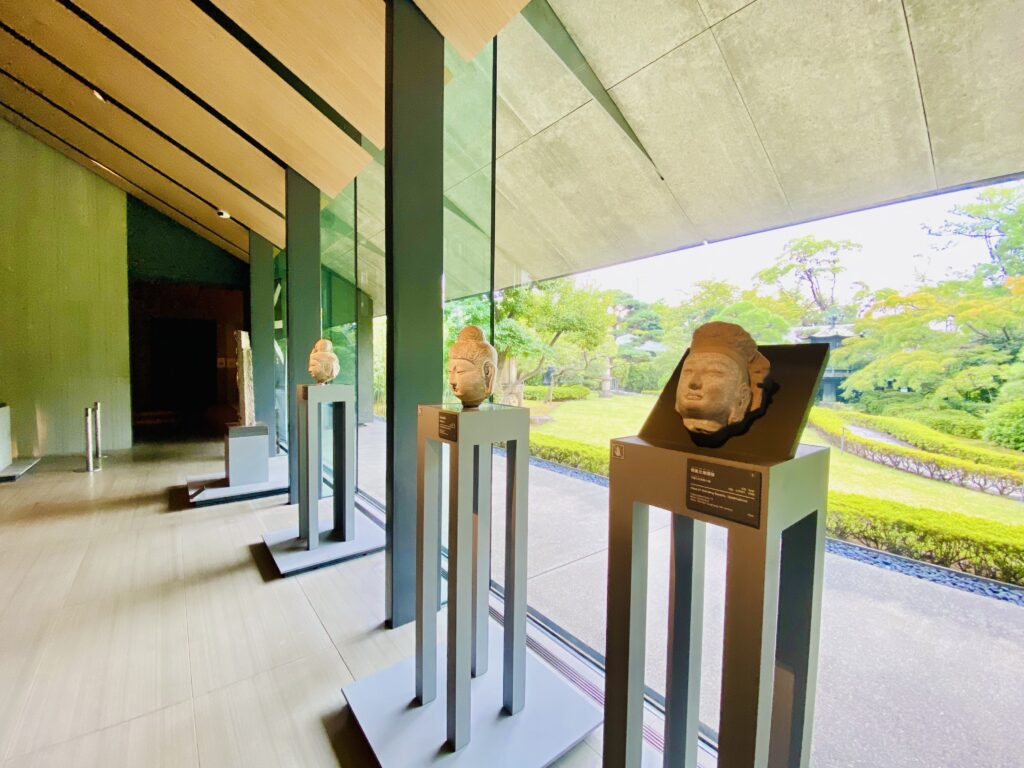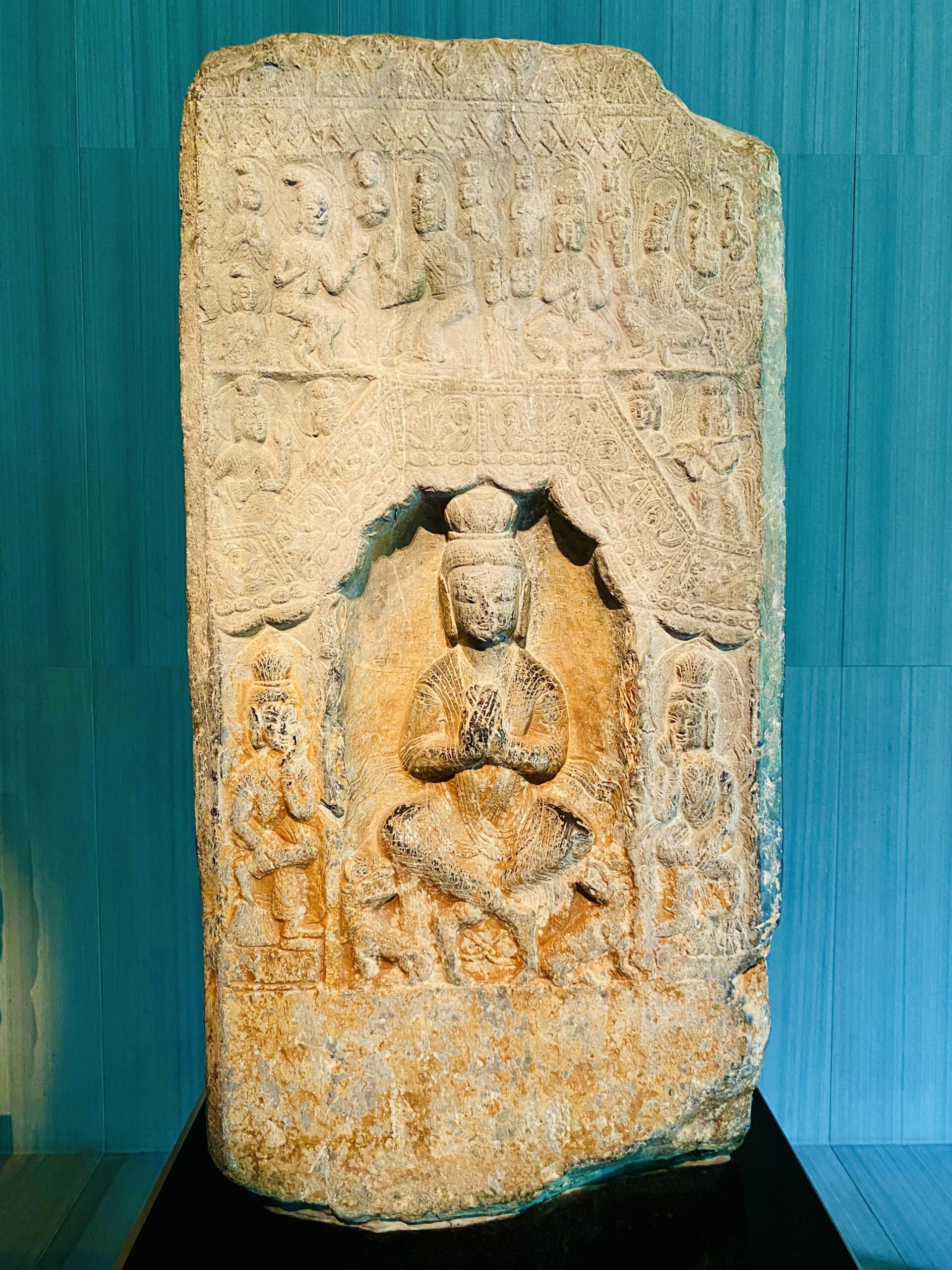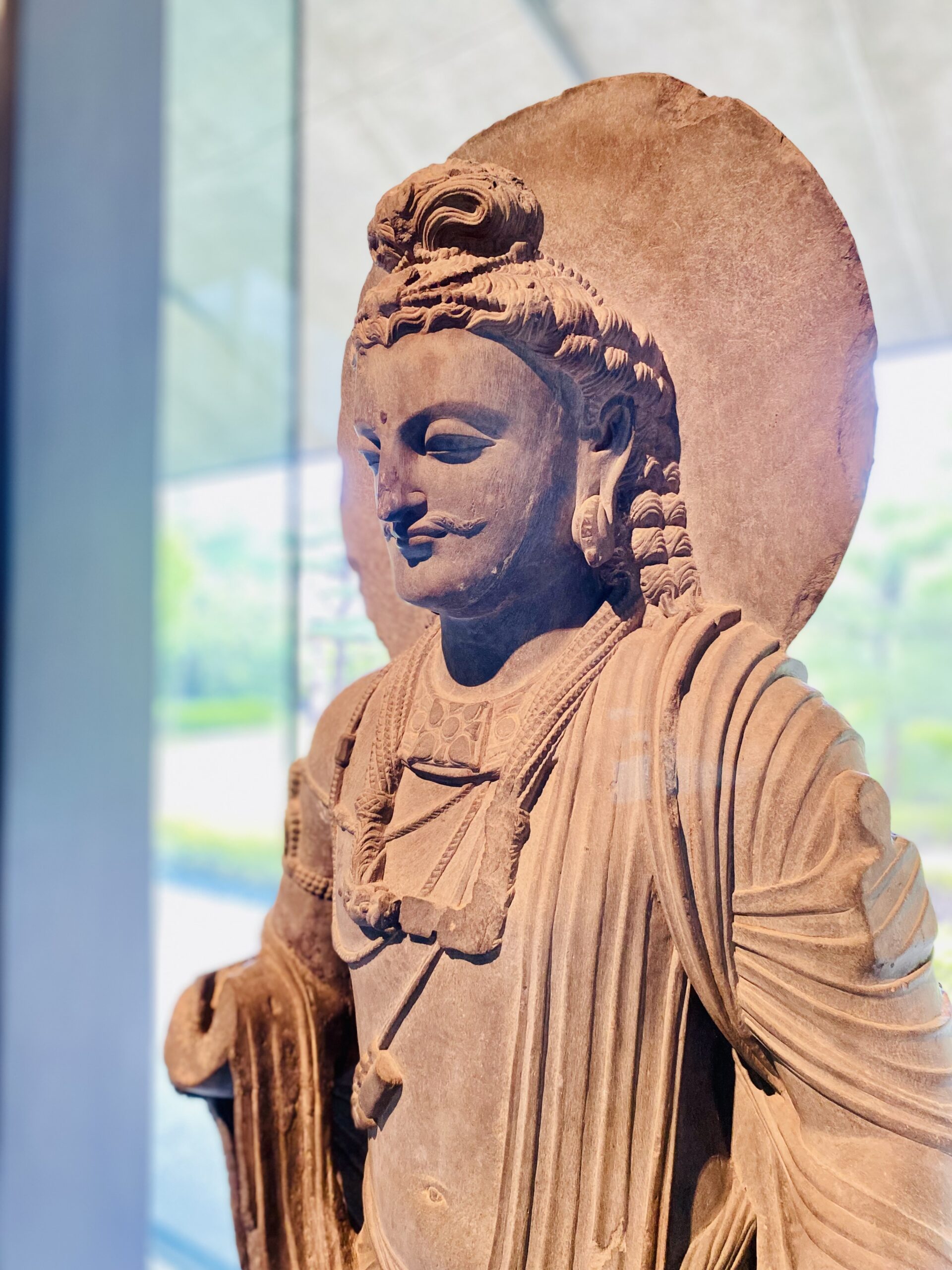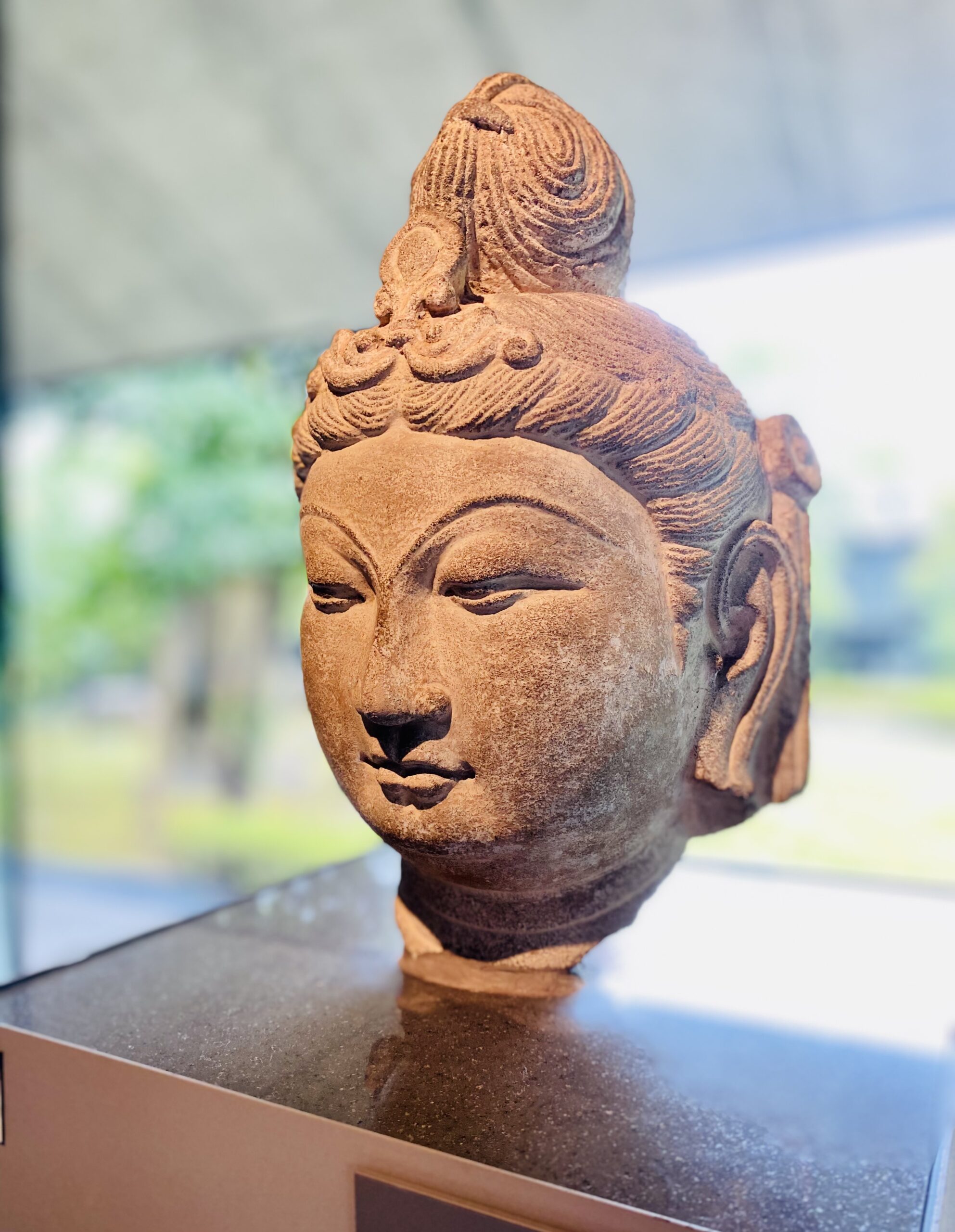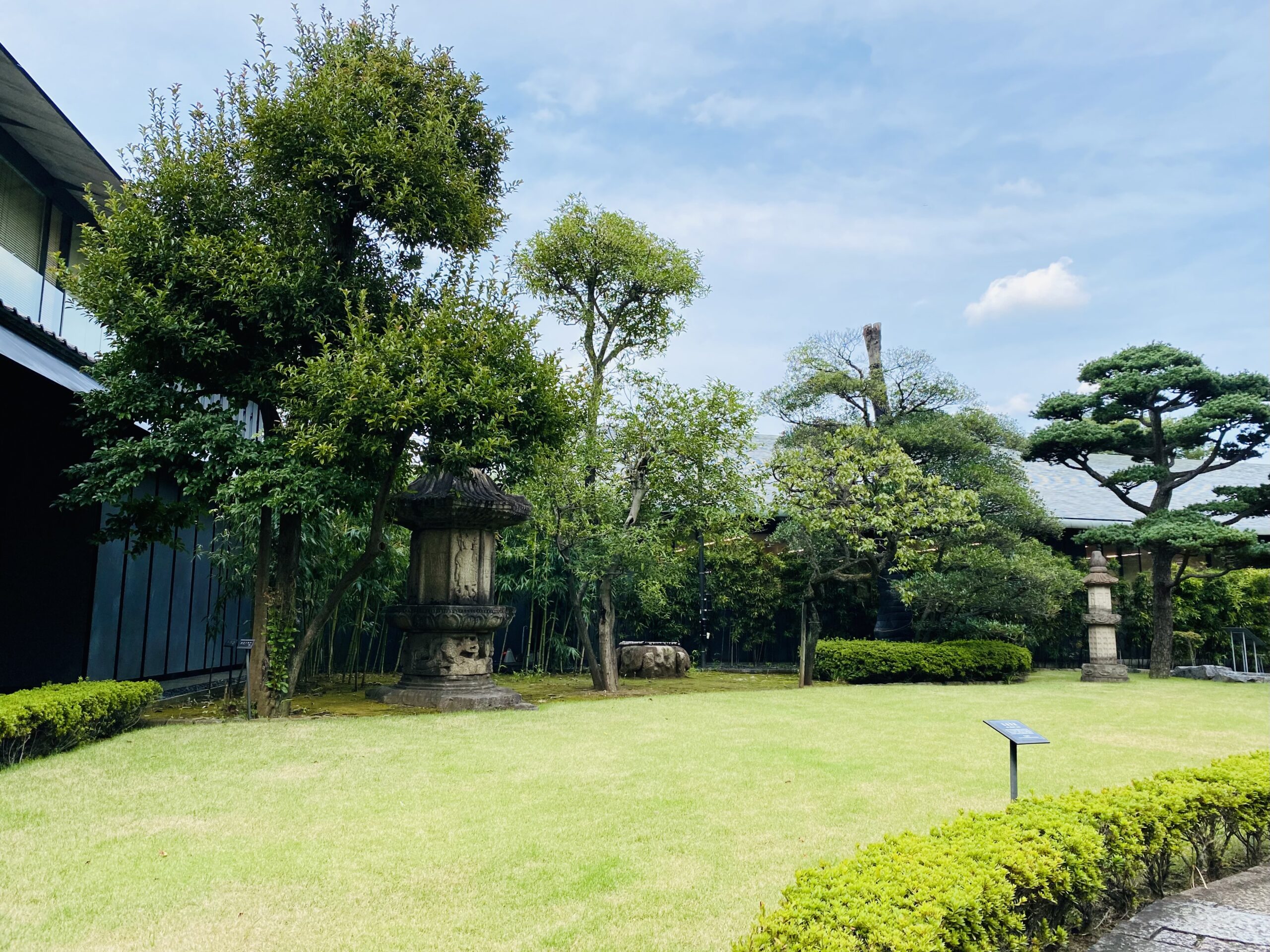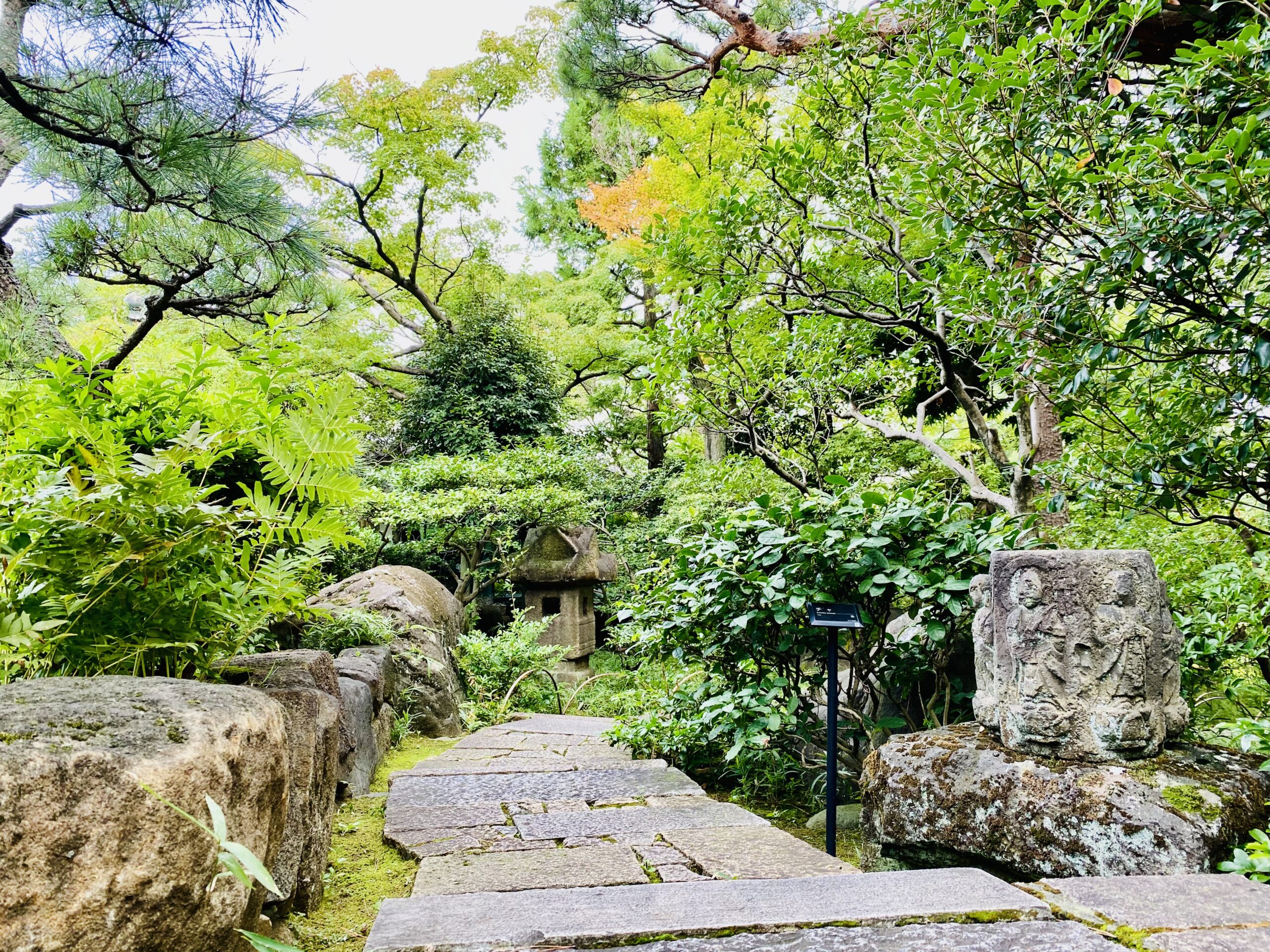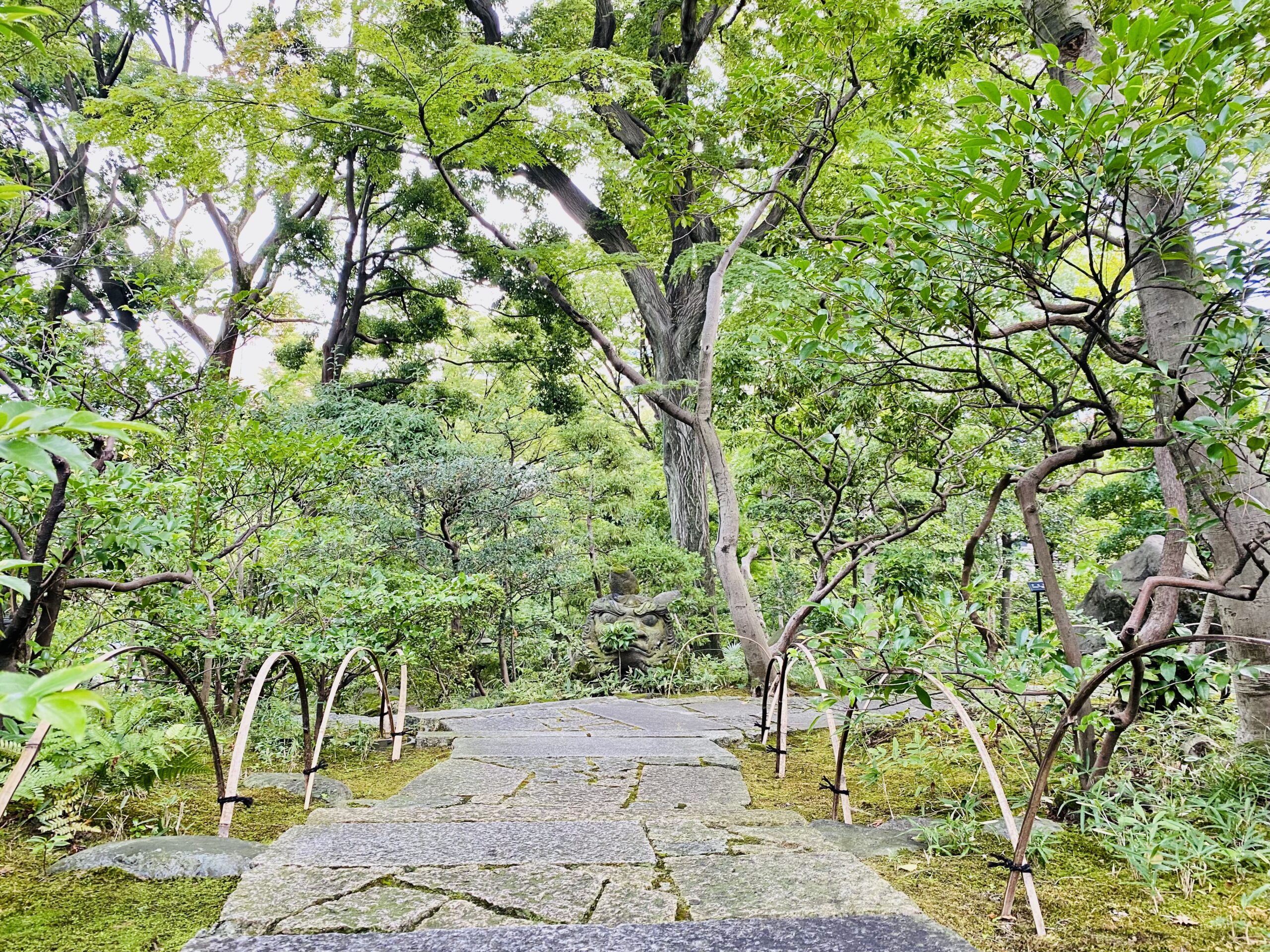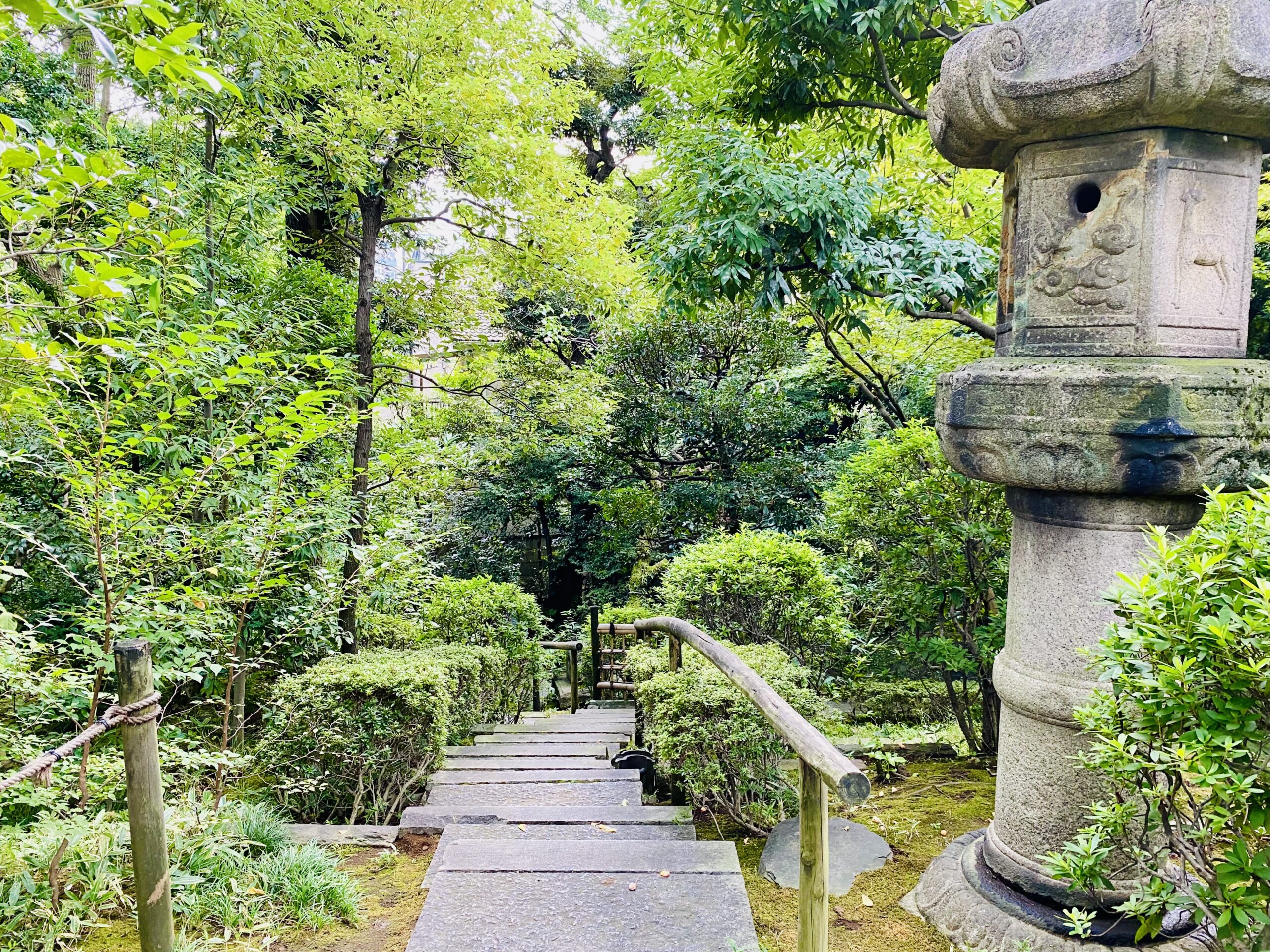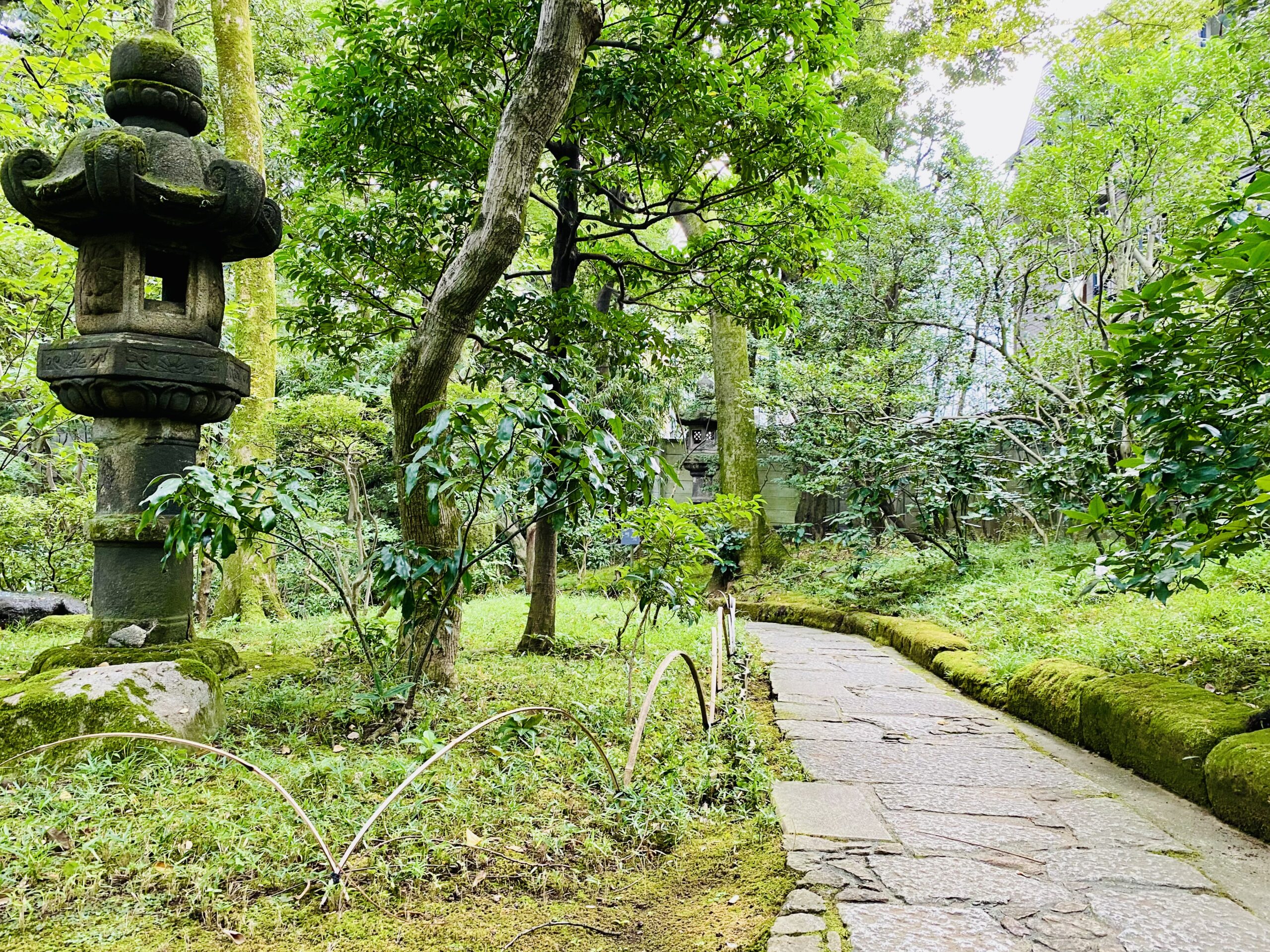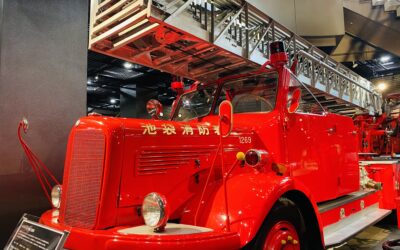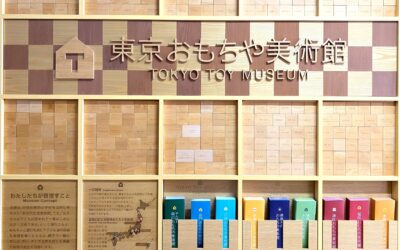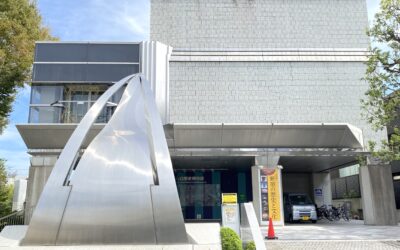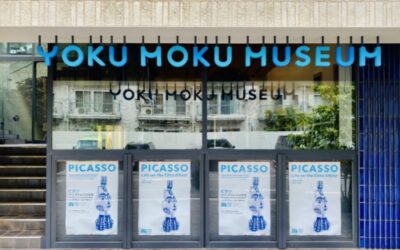
About the Museum
Closed: Monday (if Monday is a national holiday, the following day is closed), Dec. 31, Jan. 1
Opening hour: 10:00 to 17:00 (entrance closes at 16:30)
Price: (Adult) 1,600¥ / (High school student or above) 1,300¥ / (Junior high school student and below) Free
Duration of visiting: (Carefully) 90 mins (Quickly) 30 mins
English brochure: Available
URL: https://www.nezu-muse.or.jp/en/
Address: 6-5-1, Minami-Aoyama, Minato-ku, Tokyo
TEL: 03-3400-2536
Nearest station: Omotesando station
What is Nezu Museum?
The Nezu Museum is an art museum in Aoyama, Tokyo, opened in 1941 by Nezu Kaichirō, a Japanese railroad magnate, tea master, and politician, to exhibit his Japanese and Oriental antiquities collection. Along with the Hakuturu Fine Art Museum and the Okura Museum, the Nezu Museum is one of the few museums in Japan with a pre-World War II history.
The museum’s original collection of 4,643 items has grown to over 7,600. These include seven national treasures and 88 important cultural properties. The museum’s collection of Oriental antiquities consists mainly of Japanese, Chinese, and Korean antiquities.
Visitors can appreciate Buddhist art such as Buddhist statues from the 6th century, tea ceremony utensils and calligraphy tools from the Edo period, bronzes from the Shang period in the 17th century BEC., and Buddhist paintings, ink paintings, lacquerware, swords, and ceramics.
Also on display are bronzes such as the Double-Ram Zun, which is unique in the world and can only be found in the British Museum and the Nezu Museum.
The exhibits are changed regularly, so the works on view will vary depending on the time of year you visit.
The Nezu Museum was largely destroyed in the war in 1945 and has undergone multiple additions and renovations. The main building is a sophisticated, modern building with Japanese elements of harmony. The museum includes a Japanese garden, a café, and a museum store.
Photography of the exhibits is not allowed inside the museum, except for the ground floor hall and the Japanese garden. Benches are placed throughout the museum so visitors can rest while viewing the exhibits.
What Can You See?
Hall
Ten stone Buddhas and statues are displayed in a spacious hall on the first floor. Among them are stone Buddhas produced in Gandhara in the 3rd century and in China from the 6th to the 8th century.
Photography is allowed in the hall on the first floor.
Gallery 1&2
Galleries 1 and 2 are used for special exhibitions, and the exhibits change depending on the project. To protect the artworks, the rooms are often darkened. The direction provides a spacious and relaxing environment to view them.
Gallery 3
This is the smallest exhibition room in the Nezu Museum. Although the exhibits are subject to change, five Japanese Vajrayana Buddhas and Buddhist ritual objects from the Asuka (592-710), Nara (710-794), Heian (794-1185), and Kamakura (1185-1333) periods are on display.
Gallery 4
The exhibition features some of the world’s finest bronzes of various sizes, cast with a high level of skill unmatched anywhere in the world. Among the displayed pieces are bronzes from the Chinese Shang period (17c BCE – 110 BCE) and the Zhou period (11c BC – 256 BC). Gallery 4 is also home to the world’s rarest Double-Ram Zun, which can only be found in the British Museum and the Nezu Museum.
Also displayed in front of Gallery 4 are decorated clocks from England.
Gallery 5
Gallery 5 is a special exhibition room with exhibits that change with each project.
Gallery 6
Tools related to the Japanese tea ceremony are displayed according to the season. Visitors can appreciate a soft Japanese Zen exhibit at the end of the solemn Buddhist art.
Japanese Garden
Behind the museum is a naturalistic Japanese garden with pine trees, tea, Pieris japonica, camellias, and ginkgo trees. The garden features a 10th-century Korean stone Buddha, a stupa, a pond in harmony with the Japanese garden, and several tea houses.
Umbrellas are provided, so visitors can enjoy strolling in the garden even on rainy days.
What Is Double-Ram Zun?
The Double-Ram Zun is a type of bronze drinking vessel in the form of a sheep half-body arrangement on both sides. It is thought to have been made during the Shang dynasty in China (13 BCE – 11 BCE). There are only two similar examples in the world, one in the Nezu Museum and the other in the British Museum. The mysterious and exquisite workmanship, which can be described as bewitching, is rare worldwide and is one of the Nezu Museum’s most representative and valuable collections.
Recent research has led to the discovery of where and how Double-Ram Zuns were made. However, since no excavation or written records have been found, many of them are still shrouded in mystery. At the Nezu Museum, the Double-Ram Zun is on permanent display in Gallery 4 and fascinates visitors with its mystery and artistry.
(Reference)
Nezu Museum. (2015, January 9). Two Double-Ram Zun: World Renowned Chinese Bronzes from the Nezu Museum and the British Musueum. Nezu Bijutsukan.
Remarks
The Yeokmok Art Museum, where Picasso’s ceramic works can be viewed, is a 5-minute walk from the Nezu Museum. It is also recommended to visit this museum in conjunction with the Nezu Museum.
Access
About Us
Museums in Japan (MiJ) is a website that introduces Japanese museums in English to tourists from abroad, based on information gathering activities in place.
